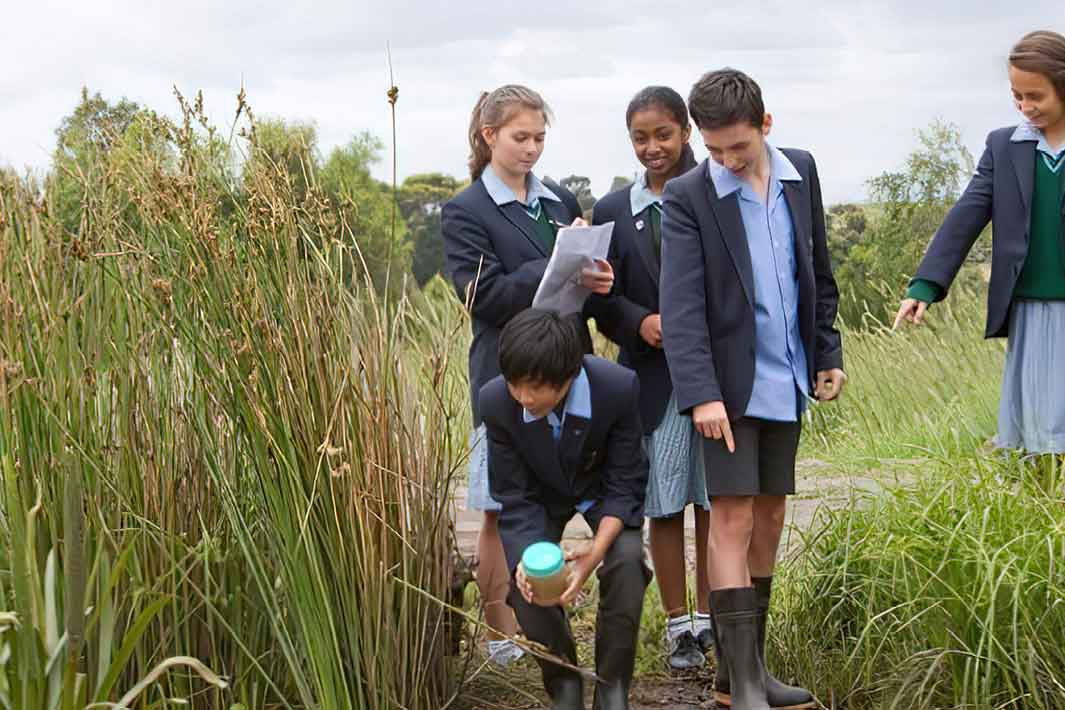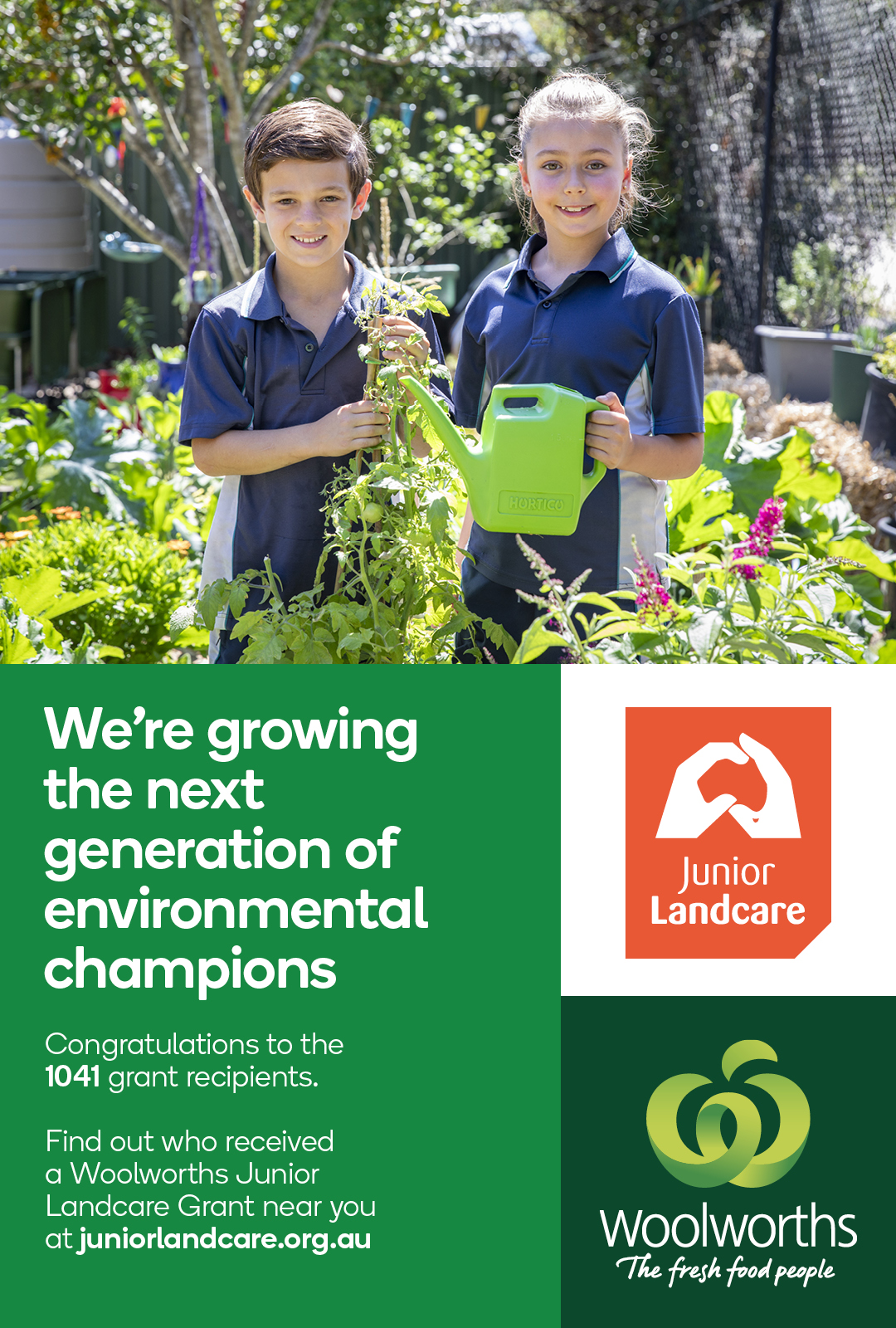CASE STUDY

Age Groups: 0-7 | 7-13
Grant Name:
School: Aitken College
Grant Sponsor: Department of Energy, Environment and Climate Action
Project Overview:
Around 350 students from Aitken College were involved in project funded by a 2021 Victorian Junior Landcare and Biodiversity Grant. The project provided the students with an opportunity to participate in a biodiversity focused creek restoration project to enhance and restore a wildlife corridor along Brodies Creek, which flows through the school grounds.
This project to restore the creek and surrounding natural environment, has provided excellent opportunities for students at the school, as well as staff and volunteers, to engage in activities that actively caring for Victoria’s biodiversity. The students have also learnt through the project about improving water quality and restoring habitat.
One of the main project goals was to improve the biodiversity of the site by constructing an aquatic pond and planting indigenous plants. The pond was constructed and 250 indigenous plants planted. These activities allowed the students to conduct water assessments, quadrant sampling to identify local fauna, and they helped with the construction and planting works at the pond.
Educational Outcomes:
Students studying agriculture and horticulture benefitted from learning how to propagate and plant indigenous plants. Science and environmental science students used the wildlife corridor to investigate ecosystems, and conduct fieldwork such as quadrant sampling and water testing.
Design and technology students created signs to place in the project site and will also be building nest boxes.
Through the hands-on experience of undertaking this project, students have significantly increased their knowledge and skills in these areas.
Environmental Outcomes:
The biodiversity of the area has increased as a result of the pond construction and propagating and planting of 250 indigenous plants. Additional plants will be planted to help establish a suitable habitat for the Golden Sun Moth, which is found in the local area.
Through their involvement in the project, the students increased their awareness and got a better understanding of their local environment and how to help improve biodiversity through creating, enhancing, or restoring habitat for Victoria’s native plants and animals
Conclusion:
Through this wildlife corridor and creek restoration project, 350 students got practical, on-ground and hands-on experiences of constructing an aquatic pond, propagating and planting 250 indigenous plants, and improving the biodiversity of their school grounds.
 Teachers & Educators
Teachers & Educators Youth or Community Groups
Youth or Community Groups